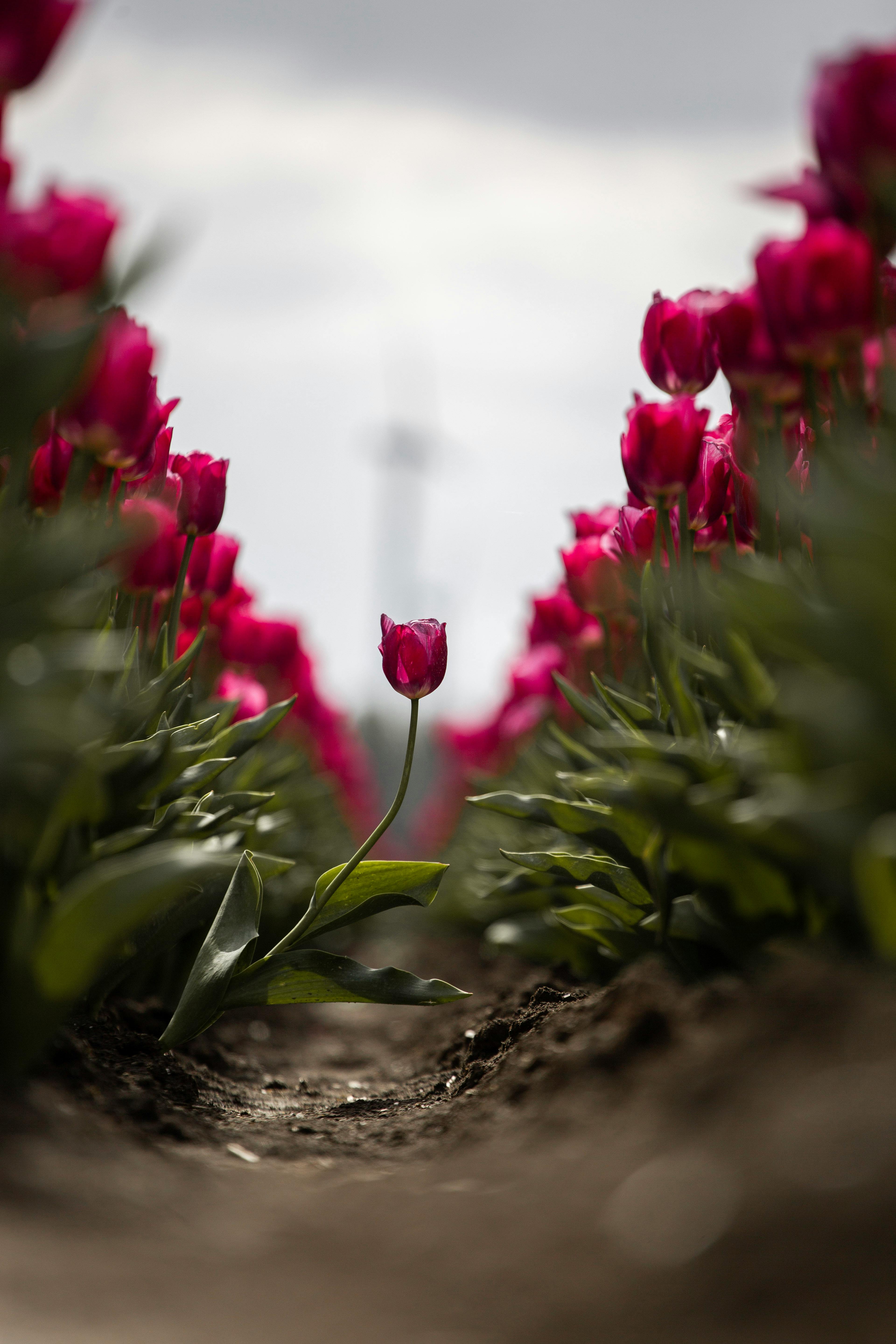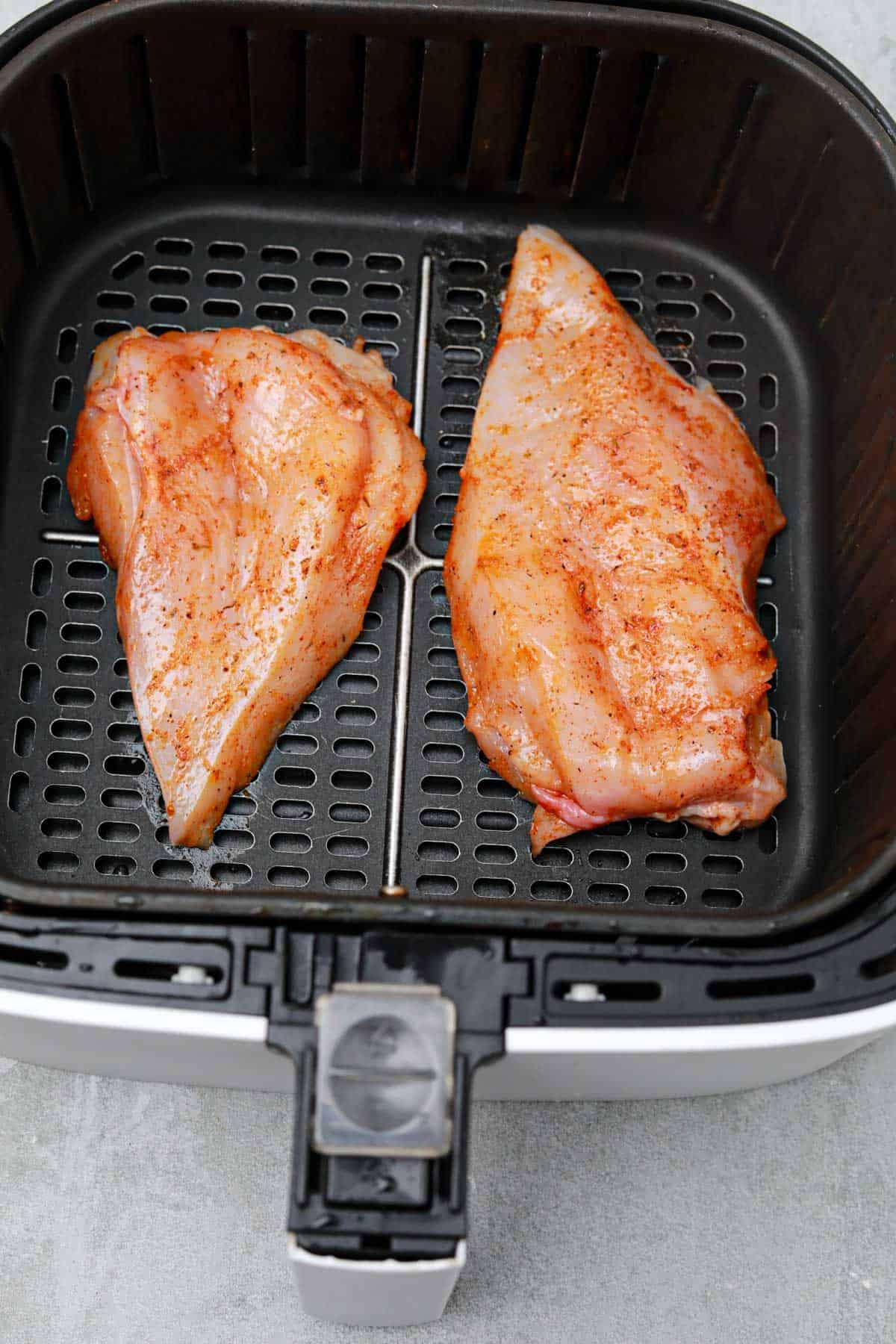How to Properly Draw a Bee: Essential Tips for 2025

How to Properly Draw a Bee: Essential Tips for 2025
Drawing a bee can be a delightful experience, combining artistic expression with an appreciation for nature. Bees play a critical role in our ecosystem, and portraying them artfully can help raise awareness about their importance. In this tutorial, we’ll explore effective techniques for drawing bees, catering to artists of all skill levels. Whether you’re interested in creating a cartoon bee illustration or a realistic rendering, our step-by-step guide will provide you with the skills you need to capture the essence of these fascinating insects.
Throughout this tutorial, we’ll cover various aspects, including materials, anatomy, sketching techniques, and coloring. We aim to facilitate your drawing process by incorporating practical tips and fun activities that can engage both children and adults. By the end of this guide, you’ll be equipped to create stunning bee illustrations that celebrate their beauty and significance.
Essential Materials for Drawing Bees
To embark on your bee drawing journey, it's important to gather the right materials. Starting with quality supplies can make a significant difference in your final artwork. Below are some essential materials that will aid you in achieving the best results.
Choosing Your Drawing Tools
Begin by selecting your preferred drawing tools. Pencils are a staple for initial sketches, allowing for easy corrections. I recommend using HB and 2B pencils for a combination of softness and hardness, giving you both detailed lines and shading options. If you're aiming for vibrant artwork, consider using watercolor paints, markers, or colored pencils for your final touches.
Sketching Paper and Surface
The choice of paper can greatly affect your drawing. For pencil sketches, a smooth, slightly textured drawing paper is ideal. If you're working with watercolors, opt for thicker watercolor paper to prevent warping. Ensure that your chosen surface can support the techniques you'll be using, be it shading, inking, or layering colors.
Reference Images and Resources
Using reference images raises the quality of your bee drawings significantly. Look for photographs of different bee species or study illustrations that highlight bee anatomy. Websites and art books can provide a wealth of inspiration and factual information on bees, enhancing your understanding of their features and habitats.
To expand your resources, explore various online platforms that focus on bee-related art. Participating in community art projects focusing on bees can also be a fantastic way to learn and share insights with fellow artists.

Understanding Bee Anatomy for Realistic Drawings
Grasping the fundamental anatomy of a bee is crucial for creating accurate and realistic representations. Let's delve into the basic structures that make up a bee and how to represent them in your drawings.
Anatomy Overview
A bee consists of three main body segments: the head, thorax, and abdomen. The head contains crucial features such as the compound eyes, antennae, and mouthparts. Understanding these parts, along with their shapes and proportions, can enhance your drawings, enabling you to render realistic features.
Key Features to Emphasize
When drawing the head of a bee, focus on the distinct shapes of the eyes and how the antennae emerge. Make note of the mouthparts as they can vary between species. For the body, make sure to illustrate the texture of the wings and hairs that cover the thorax and abdomen, contributing to the bee’s pollination capabilities.
Sketching Bee Proportions
Maintaining correct proportions is vital for achieving a lifelike representation. You can outline the basic shapes of each body part before adding intricate details. Use guidelines to determine the size and position of features relative to the bee's body length. Drawing bees with accurate proportions not only improves realism but also aids in understanding their movement and behavior.
This understanding ties into our next section, where we will explore practical tips on sketching and creating different styles of bee art.

Step-by-Step Bee Drawing Techniques
Now that you’ve gathered your materials and gained insight into bee anatomy, let's dive into the step-by-step techniques for drawing various styles of bees. These methods will cater to different artistic preferences, including realistic and cartoon styles.
Step-by-Step Process for Realistic Bees
To start your realistic bee drawing, begin with a light pencil outline, focusing on the general shape of the body. Next, add details like the wings and legs, ensuring you maintain proportions. Use a soft pencil or charcoal for shading to enhance depth, giving your bee a three-dimensional appearance. Consider the light source! Apply darker shades where shadows would naturally fall and leave areas of the body lighter.
Creating a Cartoon Bee
If you’re attracted to cartoon styles, simplify the shapes of the body while emphasizing features like large eyes and whimsical wings. Use exaggerated curves to create a playful look. Add bright colors using markers or colored pencils, infusing life into your sketch. Think about adding fun elements, like flowers or honey pots, to complete the scene.
Incorporating Floral Backgrounds
Enhancing your bee drawing with floral backgrounds can create a captivating composition. Start by sketching simple flower shapes around your bee. Use softer lines and lighter colors for the background to ensure the bee stands out. Experiment with different floral patterns that correlate with the colors of the bee. This not only showcases the bee’s habitat but also adds depth and character to your artwork.
Now that we've covered various drawing techniques, the next important aspect focuses on the coloring techniques and finishing touches for your masterpiece.